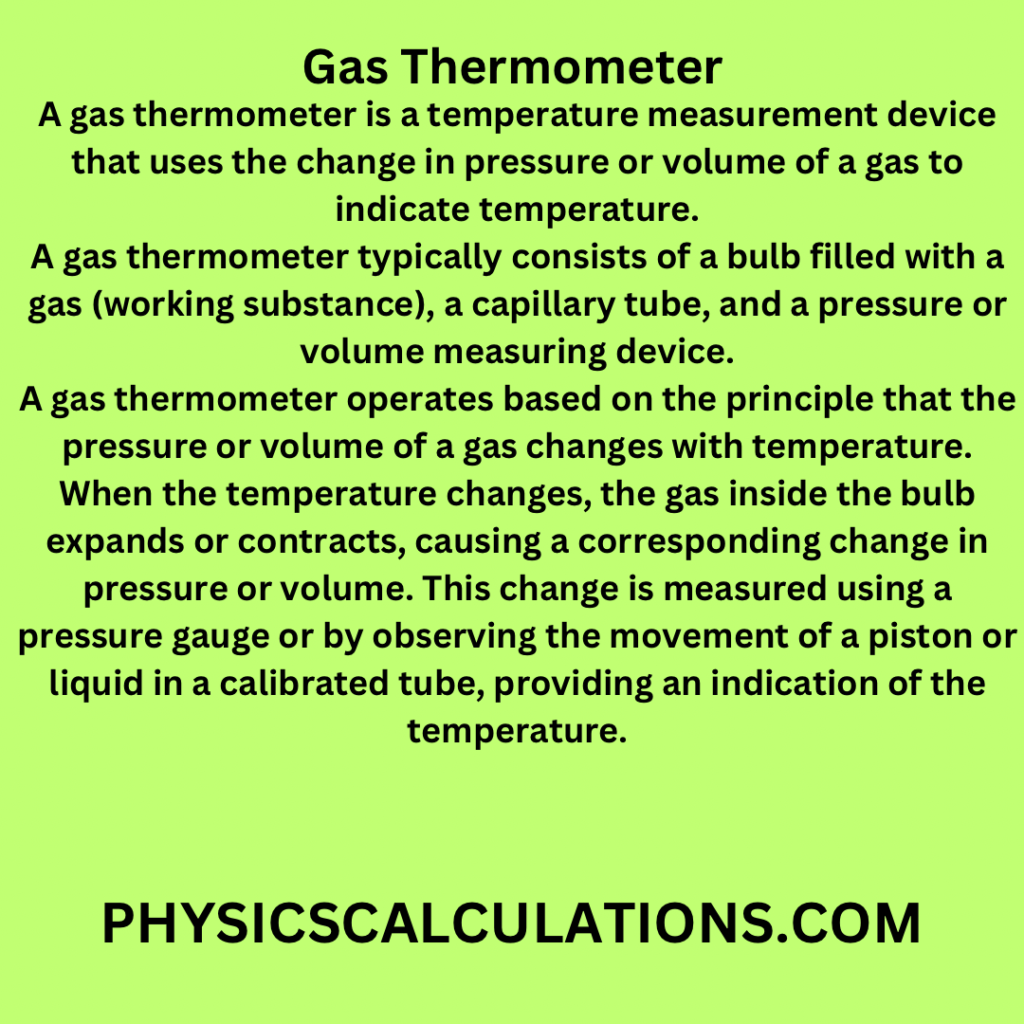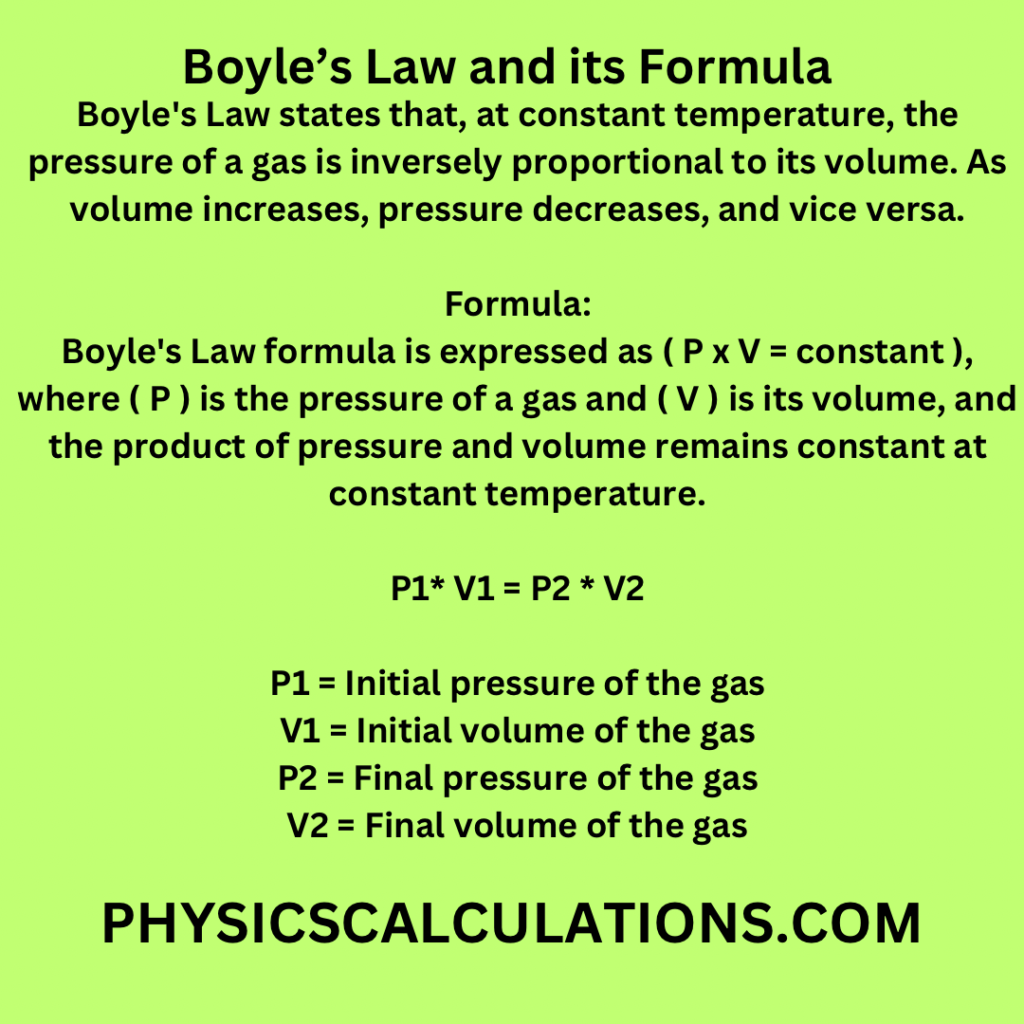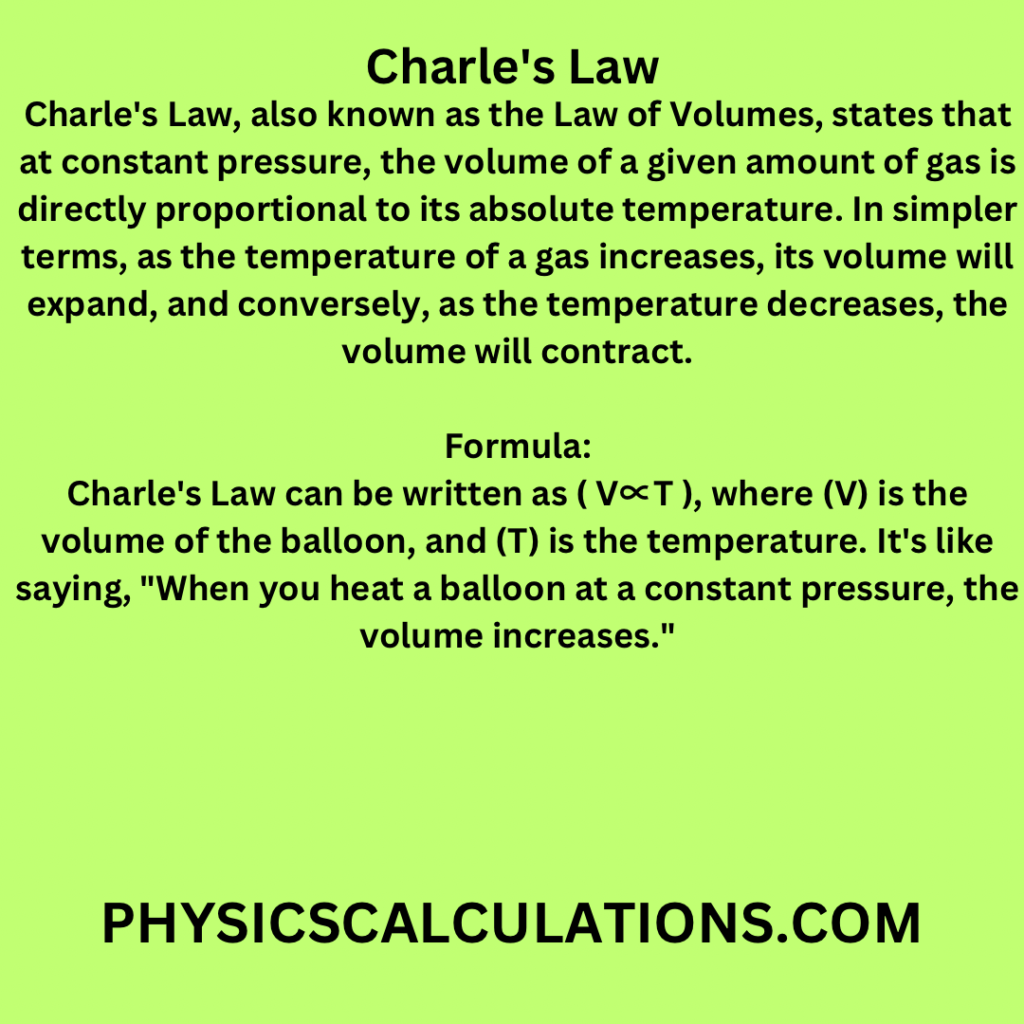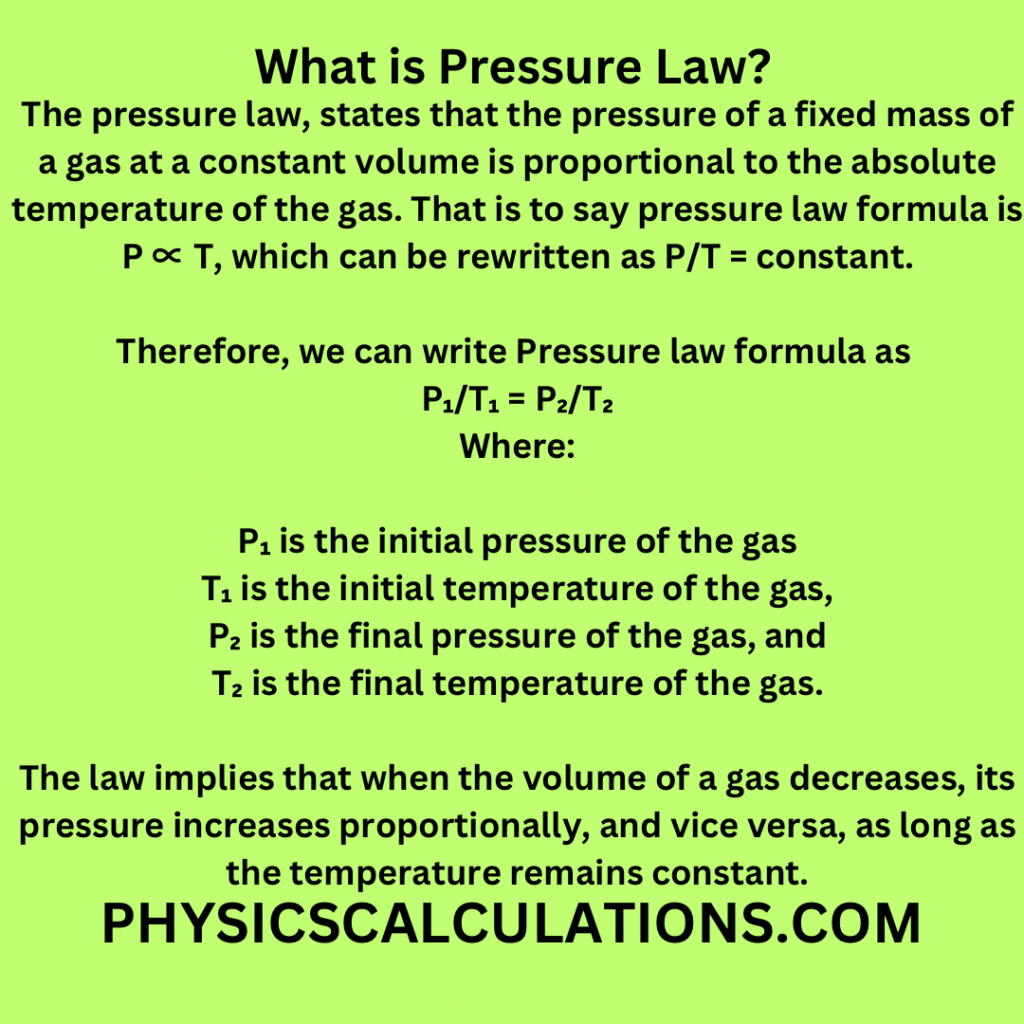What is Resistance Thermometer?
A Resistance Thermometer, often referred to as a Resistance Temperature Detector (RTD), is a type of temperature sensor that operates based on the principle of the electrical resistance of a metal changing with temperature. The most common metal used for RTDs is platinum, due to its stability and predictable temperature-resistance relationship.
Resistance Thermometer: An Overview
Before we delve deeper into the details, let us get a fundamental understanding of what a resistance thermometer is. A resistance thermometer, also known as a resistance temperature detector (RTD), is a temperature sensor that measures the change in electrical resistance of a metal wire or element with variations in temperature. This change in resistance is then correlated to the temperature of the medium being monitored.
How Do Resistance Thermometers Work?
A resistance thermometer operates based on the principle that the electrical resistance of a conductor changes linearly with temperature. Typically, platinum is used as the sensing element due to its stable and repeatable characteristics. The platinum element’s resistance increases as the temperature rises and decreases as the temperature falls.
Here is how an RTD works:
- Resistance Variation: The electrical resistance of the metal (usually platinum) increases linearly with temperature. This relationship is well-defined and reproducible.
- Measurement Circuit: The RTD is incorporated into an electrical circuit, forming one or more resistive elements. As the temperature changes, the resistance of the RTD changes accordingly.
- Resistance Measurement: By measuring the electrical resistance of the RTD, one can determine the temperature. This is often done using a Wheatstone bridge circuit or other measurement techniques.
RTDs are known for their high accuracy and stability over a wide temperature range. They find applications in various industries, including industrial automation, HVAC systems, and scientific research, where precise and reliable temperature measurements are essential.
The Platinum Resistance Thermometer: A Closer Look
Platinum resistance thermometers, also known as platinum RTDs, are the most widely used type of resistance thermometers. The platinum element in these sensors is wound into a coil or deposited on a ceramic substrate. This design ensures better sensitivity and accuracy for temperature measurement.
Understanding Temperature Calibration and Accuracy
Calibration is a critical aspect of resistance thermometers to ensure accuracy in temperature readings. Manufacturers subject the sensors to precise calibration processes using well-controlled baths or comparison with known temperature standards. The accuracy of resistance thermometers is typically expressed in terms of class, with Class A offering higher precision than Class B.
Applications of Resistance Thermometers
Resistance thermometers find applications in various industries where precise temperature measurements are essential for process control and safety. Let’s explore some of the key industries that rely on resistance thermometers:
1. HVAC Systems
In heating, ventilation, and air conditioning (HVAC) systems, resistance thermometers are used to monitor air temperatures and regulate heating and cooling systems for optimum comfort and energy efficiency.
2. Industrial Process Control
Resistance thermometers are widely used in industrial processes to monitor and control temperatures during manufacturing processes, ensuring product quality and consistency.
3. Automotive Industry
In the automotive industry, resistance thermometers play a crucial role in engine temperature monitoring, helping to prevent overheating and optimize fuel efficiency.
4. Food and Beverage
The food and beverage industry relies on resistance thermometers for temperature monitoring during food processing and storage to maintain food safety standards.
5. Pharmaceuticals
Pharmaceutical manufacturing processes require precise temperature control, and resistance thermometers are employed to maintain the integrity of sensitive medications and vaccines.
6. Aerospace and Aviation
In the aerospace sector, resistance thermometers are used to monitor temperature variations in critical components, ensuring safe and efficient flight operations.
FAQs About Resistance Thermometers
Q: How accurate are resistance thermometers?
A: Resistance thermometers offer high accuracy, with Class A platinum RTDs providing precision up to ±0.1°C, while Class B RTDs offer accuracy up to ±0.5°C.
Q: Are resistance thermometers suitable for extreme temperature conditions?
A: Yes, resistance thermometers are well-suited for extreme temperature conditions, as platinum RTDs can measure temperatures from -200°C to over 1000°C.
Q: Can I use resistance thermometers for liquid temperature measurements?
A: Absolutely! Resistance thermometers are commonly used for liquid temperature measurements, making them ideal for applications in laboratories, chemical industries, and more.
Q: How do I calibrate a resistance thermometer?
A: Calibration of resistance thermometers can be done using well-controlled baths or by comparing them with known temperature standards, ensuring accurate readings.
Q: What are the advantages of using platinum resistance thermometers?
A: Platinum resistance thermometers offer excellent accuracy, long-term stability, and repeatable performance, making them the preferred choice in many critical temperature sensing applications.
Q: Can resistance thermometers be used for wireless temperature monitoring?
A: Yes, with advancements in technology, wireless resistance thermometers are available, allowing for remote temperature monitoring in challenging environments.
Conclusion
Resistance thermometers are indispensable tools in the realm of temperature sensing and control. Their accuracy, reliability, and versatility have made them essential in various industries, from manufacturing to healthcare and beyond.
Understanding the principles and applications of resistance thermometers empowers engineers, technicians, and researchers to make informed decisions and ensure the efficient functioning of processes and systems.
You may also like to read:





